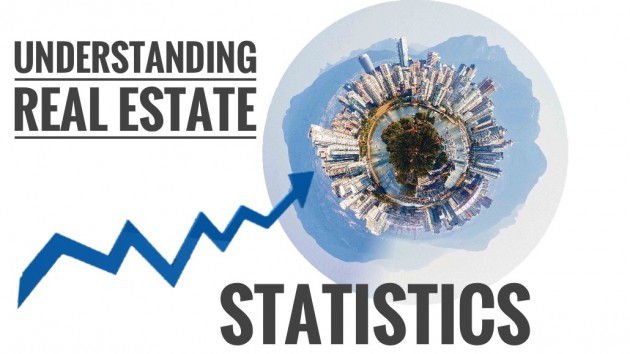If you are like most Vancouverites, you have likely read at least 30 articles on real estate in our city over the last month or so. Prices going crazy, foreign ownership, money laundering, realtors misbehaving (unfortunately), new government policy, and the list goes on.
One of the characteristics of almost all of these articles is the reference to statistics. Unfortunately, because there are so many different ways of analyzing the information, it can be a daunting task to actually understand why one article screams “doomsday is coming” while another source says “business as usual”. In this article, we attempt to demystify the statistics so you can better understand what is actually going on in our market! Of course, if you ever want statistical information tailored to your home (or the one you are considering buying), please contact your realtor instead of relying on the newspaper articles.
Average Prices Versus Home Price Index
The “Mean” Average
Most of us understand that when someone references the “average”, they are typically referring to a “mean average”. In other words, the total dollar volume of all sales divided by the total number of sales. In a market seeing a large number of sales in the middle range, this number can be somewhat helpful. If closer attention is paid to the types of properties that are selling, it is usually apparent whether the average is being artificially pulled up or down, and adjustments can be made from there. The mean average is an easy calculation which is still frequently cited with respect to real estate statistics.
The MLS Home Price Index (“HPI”)
The MLS HPI is a very useful tool that helps track the average sale price of a “typical” home in any given area. This tool was generated via a partnership between the Real Estate Board of Greater Vancouver (“REBGV”) and various other major boards around the country. According to the REBGV, representatives from Statistics Canada, Canada Mortgage and Housing Corporation (CMHC), the Bank of Canada, Finance Canada and Central 1 Credit Union have all reviewed and endorsed the HPI concept. A backgrounder by the REBGV on the methodology involved in the development of the HPI can be found here: http://www.rebgv.org/sites/default/files/HPI%20Methodology2012.pdf
As mentioned, the HPI is a measure of what a typical home in a particular area would sell for in any given month. The calculation is done based on the most average type of home for an area (and is also drilled down to type of home – ie. detached, townhouse, apartment), which becomes the “benchmark home”. Because what is being looked at is just the average price for a benchmark home, the anomaly sales at the higher or lower end will not affect the HPI average.
By looking at changes to the price of the benchmark home as opposed to changes in the mean average, the HPI works similarly to the consumer price index to show a more accurate picture of what the price changes mean to an average buyer or seller in any given area.
The only problem with the HPI is that it does not necessarily reflect changes in the market contemporaneously since it may be that the “typical” homes simply are not what is selling.
Time Period Covered
“Down 30%!” “Down 10%!” “Up 15%!” How is it possible that all of these exclamations could be applied to the same market!?! Well, besides the different measurement tools being used as stated above, all of these different statistics can refer to different time periods.
Three periods that are commonly measured are month over month, year over year, and month over 10-year average. Not surprisingly, depending on the comparison used, the number can be very different.
Depending on what you are trying to see, you may want to look at one measure versus another. Month over month can be useful to see subtle changes in the market, although often you need to look at a trend over at least a few months to make this very useful.
Year over year can be a better gauge for market changes since you are then factoring in the unique month during the year. For instance, a summer month is almost always going to be slower than a spring month, so a slowdown from June to July is not necessarily indicative of a falling market as opposed to a normal summer slump.
Using 10-year average gives a good idea of what any given time period is like compared to “normal”, but does not necessarily give much information about changes in the market. For example, in August in Greater Vancouver, our sales were still above 10-year average for the month, but were way down from August of the previous year, indicating a clear change in the market.
Statistic Measured
What exactly defines a “HOT” market? What we have seen in Vancouver for the past nearly 2 years is a very HOT market and by this we mean an extreme sellers’ market. Until the last few months, the “sales ratio” has been hovering around 100% in many regions of Greater Vancouver. This means that the number of sales in any given month is equal to or in excess of the number of listings. In other words, supply was not keeping up with demand, leading to multiple offer situations, quick sales, and rapidly rising prices. Typically, when realtors speak of a hot market, or a sellers’ market, they are speaking of a market with a high sales ratio. For reference, typically a sales ratio over about 20% is considered a sellers’ market (although we were seeing ratios much higher than this during the past year!)
Moving forward, we hope these pointers help you to interpret the plethora of real estate headlines! Again, if you have any questions or would like to discuss your particular area, type of home and how the statistics impact it, please contact Team Finney at any time to discuss.



Recent Comments